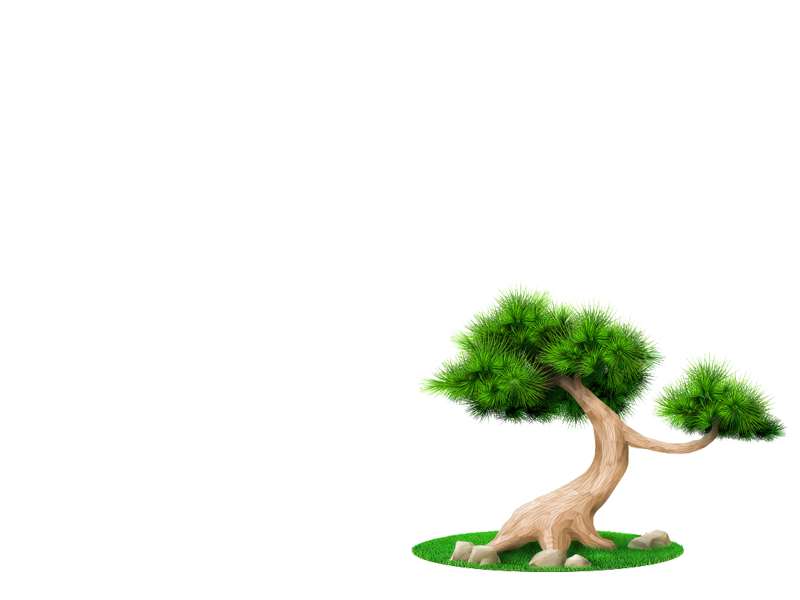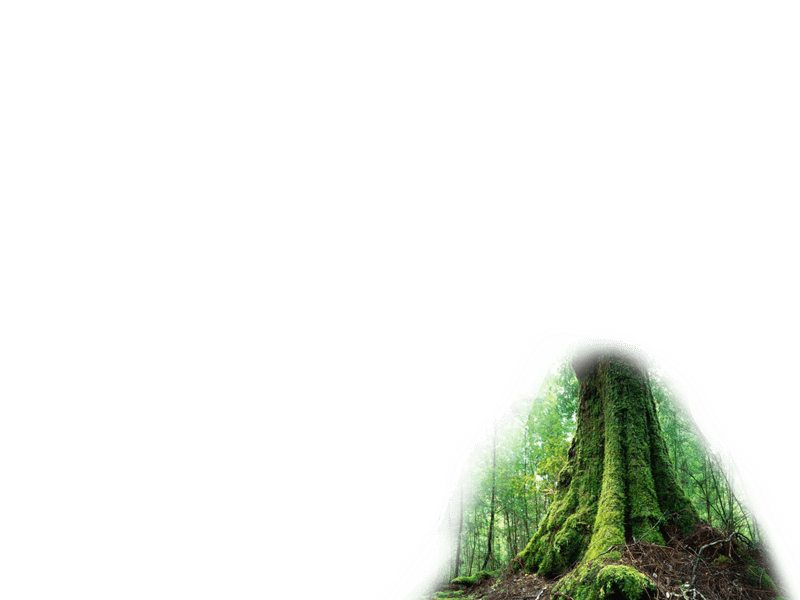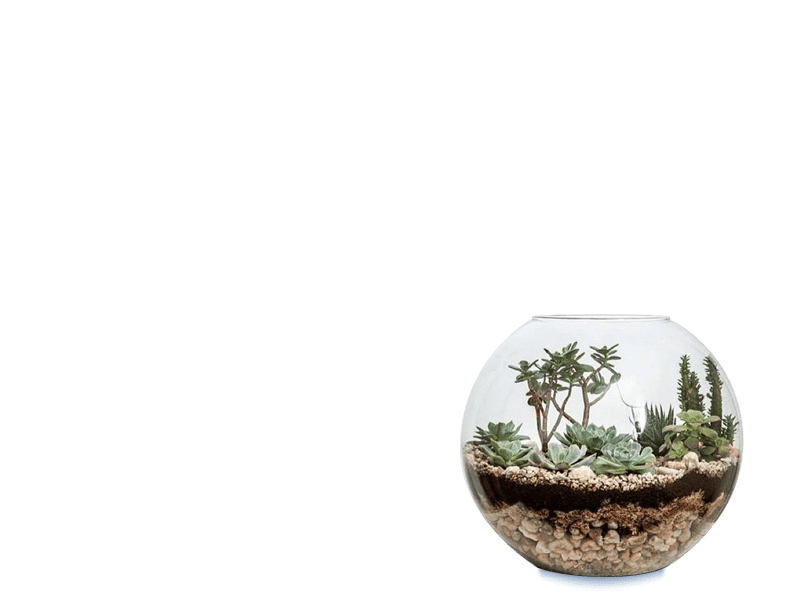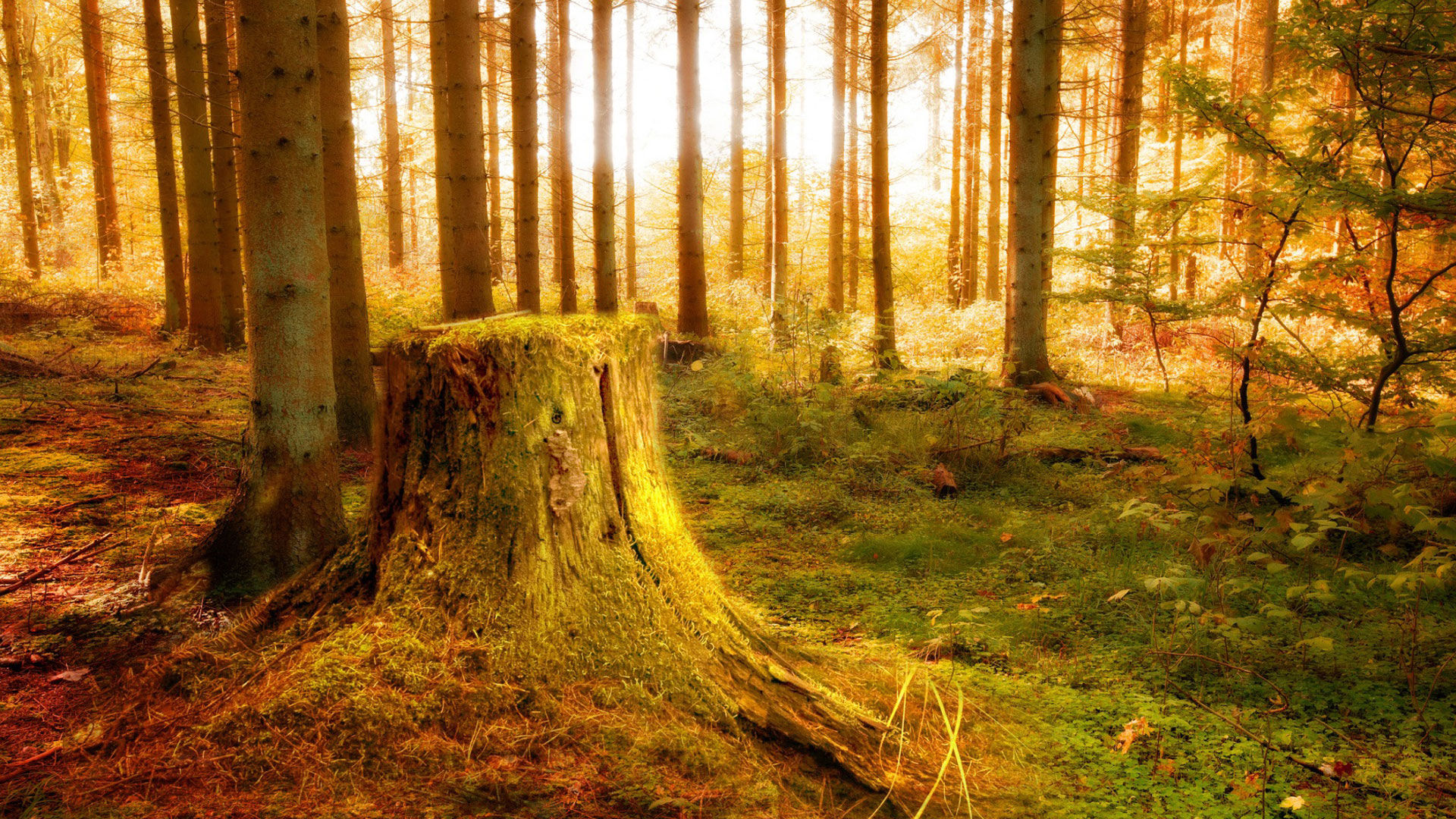No products in the cart.
Trees Uses
Silviculture is the practice of controlling the establishment, growth, composition, health, and quality of forests, which are areas that have a high density of trees. Cultivated trees are planted and tended by humans, usually because they provide food (fruits or nuts), ornamental beauty, or some type of wood product that benefits people. An area of land planted with fruit or nut trees is an orchard. A small wooded area, usually with no undergrowth, is called a grove and a small wood or thicket of trees and bushes is called a coppice or copse. A large area of land covered with trees and undergrowth is called woodland or forest. An area of woodland composed primarily of trees established by planting or artificial seeding is known as a plantation.
Food
Trees are the source of many of the world’s best known fleshy fruits. Apples, pears, plums, cherries and citrus are all grown commercially in temperate climates and a wide range of edible fruits are found in the tropics. Other commercially important fruit include dates, figs and olives. Palm oil is obtained from the fruits of the oil palm (Elaeis guineensis). The fruits of the cocoa tree (Theobroma cacao) are used to make cocoa and chocolate and the berries of coffee trees, Coffea arabica and Coffea canephora, are processed to extract the coffee beans. In many rural areas of the world, fruit is gathered from forest trees for consumption. Many trees bear edible nuts which can loosely be described as being large, oily kernels found inside a hard shell. These include coconuts (Cocos nucifera), Brazil nuts (Bertholletia excelsa), pecans (Carya illinoinensis), hazel nuts (Corylus), almonds (Prunus dulcis), walnuts (Juglans regia), pistachios (Pistacia vera) and many others. They are high in nutritive value and contain high-quality protein, vitamins and minerals as well as dietary fibre. A variety of nut oils are extracted by pressing for culinary use; some such as walnut, pistachio and hazelnut oils are prized for their distinctive flavours, but they tend to spoil quickly.
In temperate climates there is a sudden movement of sap at the end of the winter as trees prepare to burst into growth. In North America, the sap of the sugar maple (Acer saccharum) is most often used in the production of a sweet liquid, maple syrup. About 90% of the sap is water, the remaining 10% being a mixture of various sugars and certain minerals. The sap is harvested by drilling holes in the trunks of the trees and collecting the liquid that flows out of the inserted spigots. It is piped to a sugarhouse where it is heated to concentrate it and improve its flavour. Similarly in northern Europe the spring rise in the sap of the silver birch (Betula pendula) is tapped and collected, either to be drunk fresh or fermented into an alcoholic drink. In Alaska, the sap of the sweet birch (Betula lenta) is made into a syrup with a sugar content of 67%. Sweet birch sap is more dilute than maple sap; a hundred litres are required to make one litre of birch syrup.
Various parts of trees are used as spices. These include cinnamon, made from the bark of the cinnamon tree (Cinnamomum zeylanicum) and allspice, the dried small fruits of the pimento tree (Pimenta dioica). Nutmeg is a seed found in the fleshy fruit of the nutmeg tree (Myristica fragrans) and cloves are the unopened flower buds of the clove tree (Syzygium aromaticum).
Many trees have flowers rich in nectar which are attractive to bees. The production of forest honey is an important industry in rural areas of the developing world where it is undertaken by small-scale beekeepers using traditional methods. The flowers of the elder (Sambucus) are used to make elderflower cordial and petals of the plum (Prunus spp.) can be candied. Sassafras oil is a flavouring obtained from distilling bark from the roots of the sassafras tree (Sassafras albidum).
The leaves of trees are widely gathered as fodder for livestock and some can be eaten by humans but they tend to be high in tannins which makes them bitter. Leaves of the curry tree (Murraya koenigii) are eaten, those of kaffir lime (Citrus × hystrix) (in Thai food) and Ailanthus (in Korean dishes such as bugak) and those of the European bay tree (Laurus nobilis) and the California bay tree (Umbellularia californica) are used for flavouring food. Camellia sinensis, the source of tea, is a small tree but seldom reaches its full height, being heavily pruned to make picking the leaves easier.
Wood smoke can be used to preserve food. In the hot smoking process the food is exposed to smoke and heat in a controlled environment. The food is ready to eat when the process is complete, having been tenderised and flavoured by the smoke it has absorbed. In the cold process, the temperature is not allowed to rise above 100 °F (38 °C). The flavour of the food is enhanced but raw food requires further cooking. If it is to be preserved, meat should be cured before cold smoking.
Fuel
Wood has traditionally been used for fuel, especially in rural areas. In less developed nations it may be the only fuel available and collecting firewood is often a time consuming task as it becomes necessary to travel further and further afield in the search for fuel. It is often burned inefficiently on an open fire. In more developed countries other fuels are available and burning wood is a choice rather than a necessity. Modern wood-burning stoves are very fuel efficient and new products such as wood pellets are available to burn.
Charcoal can be made by slow pyrolysis of wood by heating it in the absence of air in a kiln. The carefully stacked branches, often oak, are burned with a very limited amount of air. The process of converting them into charcoal takes about fifteen hours. Charcoal is used as a fuel in barbecues and by blacksmiths and has many industrial and other uses.
Timber
Timber, “trees that are grown in order to produce wood” is cut into lumber (sawn wood) for use in construction. Wood has been an important, easily available material for construction since humans started building shelters. Engineered wood products are available which bind the particles, fibres or veneers of wood together with adhesives to form composite materials. Plastics have taken over from wood for some traditional uses.
Wood is used in the construction of buildings, bridges, trackways, piles, poles for power lines, masts for boats, pit props, railway sleepers, fencing, hurdles, shuttering for concrete, pipes, scaffolding and pallets. In housebuilding it is used in joinery, for making joists, roof trusses, roofing shingles, thatching, staircases, doors, window frames, floor boards, parquet flooring, panelling and cladding.
Wood is used to construct carts, farm implements, boats, dugout canoes and in shipbuilding. It is used for making furniture, tool handles, boxes, ladders, musical instruments, bows, weapons, matches, clothes pegs, brooms, shoes, baskets, turnery, carving, toys, pencils, rollers, cogs, wooden screws, barrels, coffins, skittles, veneers, artificial limbs, oars, skis, wooden spoons, sports equipment and wooden balls.
Wood is pulped for paper and used in the manufacture of cardboard and made into engineered wood products for use in construction such as fibreboard, hardboard, chipboard and plywood. The wood of conifers is known as softwood while that of broad-leaved trees is hardwood.
Art
Besides inspiring artists down the centuries, trees have been used to create art. Living trees have been used in bonsai and in tree shaping, and both living and dead specimens have been sculpted into sometimes fantastic shapes.
Bonsai
Bonsai (盆栽, lit. The art of growing a miniature tree or trees in a low-sided pot or tray) is the practice of hòn non bộ originated in China and spread to Japan more than a thousand years ago, there are similar practices in other cultures like the living miniature landscapes of Vietnam hòn non bộ. The word bonsai is often used in English as an umbrella term for all miniature trees in containers or pots.
The purposes of bonsai are primarily contemplation (for the viewer) and the pleasant exercise of effort and ingenuity (for the grower). Bonsai practice focuses on long-term cultivation and shaping of one or more small trees growing in a container, beginning with a cutting, seedling, or small tree of a species suitable for bonsai development. Bonsai can be created from nearly any perennial woody-stemmed tree or shrub species that produces true branches and can be cultivated to remain small through pot confinement with crown and root pruning. Some species are popular as bonsai material because they have characteristics, such as small leaves or needles, that make them appropriate for the compact visual scope of bonsai and a miniature deciduous forest can even be created using such species as Japanese maple, Japanese zelkova or hornbeam.
Tree Shaping
Tree shaping is the practice of changing living trees and other woody plants into man made shapes for art and useful structures. There are a few different methods of shaping a tree. There is a gradual method and there is an instant method. The gradual method slowly guides the growing tip along predetermined pathways over time whereas the instant method bends and weaves saplings 2 to 3 m (6.6 to 9.8 ft) long into a shape that becomes more rigid as they thicken up. Most artists use grafting of living trunks, branches, and roots, for art or functional structures and there are plans to grow “living houses” with the branches of trees knitting together to give a solid, weatherproof exterior combined with an interior application of straw and clay to provide a stucco-like inner surface.
Tree shaping has been practised for at least several hundred years, the oldest known examples being the living root bridges built and maintained by the Khasi people of Meghalaya, India using the roots of the rubber tree (Ficus elastica).
Bark
Cork is produced from the thick bark of the cork oak (Quercus suber). It is harvested from the living trees about once every ten years in an environmentally sustainable industry. More than half the world’s cork comes from Portugal and is largely used to make stoppers for wine bottles. Other uses include floor tiles, bulletin boards, balls, footwear, cigarette tips, packaging, insulation and joints in woodwind instruments.
The bark of other varieties of oak has traditionally been used in Europe for the tanning of hides though bark from other species of tree has been used elsewhere. The active ingredient, tannin, is extracted and after various preliminary treatments, the skins are immersed in a series of vats containing solutions in increasing concentrations. The tannin causes the hide to become supple, less affected by water and more resistant to bacterial attack.
At least 120 drugs come from plant sources, many of them from the bark of trees. Quinine originates from the cinchona tree (Cinchona) and was for a long time the remedy of choice for the treatment of malaria. Aspirin was synthesised to replace the sodium salicylate derived from the bark of willow trees (Salix) which had unpleasant side effects. The anti-cancer drug Paclitaxel is derived from taxol, a substance found in the bark of the Pacific yew (Taxus brevifolia). Other tree based drugs come from the paw-paw (Carica papaya), the cassia (Cassia spp.), the cocoa tree (Theobroma cacao), the tree of life (Camptotheca acuminata) and the downy birch (Betula pubescens).
The papery bark of the white birch tree (Betula papyrifera) was used extensively by Native Americans. Wigwams were covered by it and canoes were constructed from it. Other uses included food containers, hunting and fishing equipment, musical instruments, toys and sledges. Nowadays, bark chips, a by-product of the timber industry, are used as a mulch and as a growing medium for epiphytic plants that need a soil-free compost.
Ornamental Trees
Trees create a visual impact in the same way as do other landscape features and give a sense of maturity and permanence to park and garden. They are grown for the beauty of their forms, their foliage, flowers, fruit and bark and their siting is of major importance in creating a landscape. They can be grouped informally, often surrounded by plantings of bulbs, laid out in stately avenues or used as specimen trees. As living things, their appearance changes with the season and from year to year.
Trees are often planted in town environments where they are known as street trees or amenity trees. They can provide shade and cooling through evapotranspiration, absorb greenhouse gases and pollutants, intercept rainfall, and reduce the risk of flooding. It has been shown that they are beneficial to humans in creating a sense of well-being and reducing stress. Many towns have initiated tree-planting programmes. In London for example, there is an initiative to plant 20,000 new street trees and to have an increase in tree cover of 5% by 2025, equivalent to one tree for every resident.
Other Uses
Latex is a sticky defensive secretion that protects plants against herbivores. Many trees produce it when injured but the main source of the latex used to make natural rubber is the Pará rubber tree (Hevea brasiliensis). Originally used to create bouncy balls and for the waterproofing of cloth, natural rubber is now mainly used in tyres for which synthetic materials have proved less durable. The latex exuded by the balatá tree (Manilkara bidentata) is used to make golf balls and is similar to gutta-percha, made from the latex of the “getah perca” tree Palaquium. This is also used as an insulator, particularly of undersea cables, and in dentistry, walking sticks and gun butts. It has now largely been replaced by synthetic materials.
Resin is another plant exudate that may have a defensive purpose. It is a viscous liquid composed mainly of volatile terpenes and is produced mostly by coniferous trees. It is used in varnishes, for making small castings and in ten-pin bowling balls. When heated, the terpenes are driven off and the remaining product is called “rosin” and is used by stringed instrumentalists on their bows. Some resins contain essential oils and are used in incense and aromatherapy. Fossilised resin is known as amber and was mostly formed in the Cretaceous (145 to 66 million years ago) or more recently. The resin that oozed out of trees sometimes trapped insects or spiders and these are still visible in the interior of the amber.
The camphor tree (Cinnamomum camphora) produces an essential oil and the eucalyptus tree (Eucalyptus globulus) is the main source of eucalyptus oil which is used in medicine, as a fragrance and in industry.







